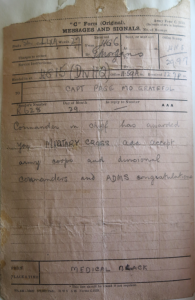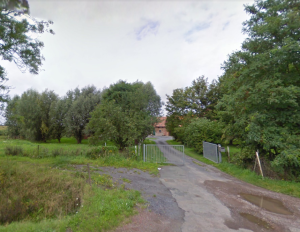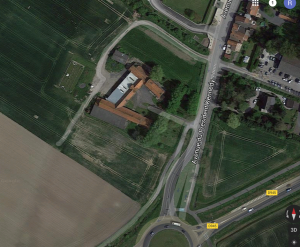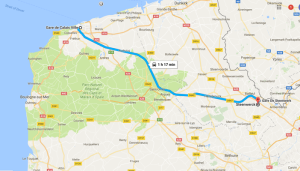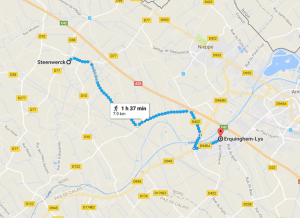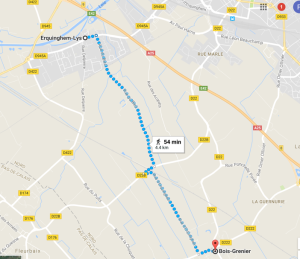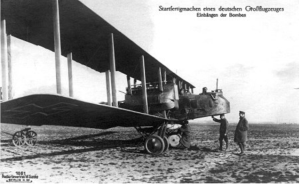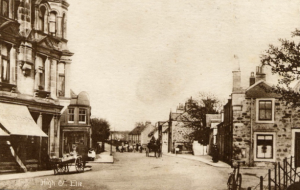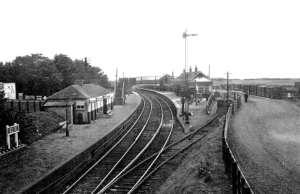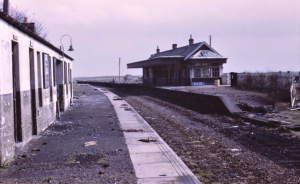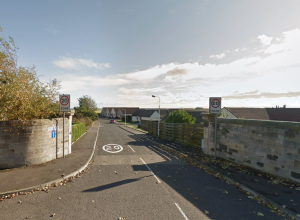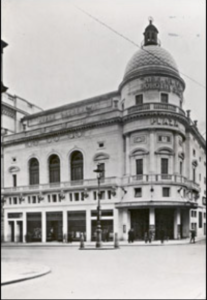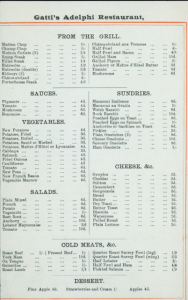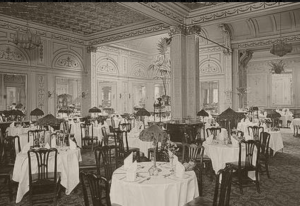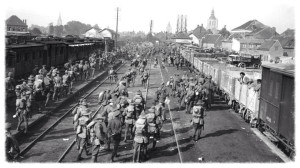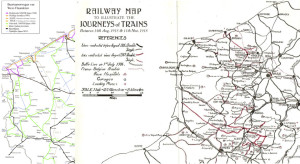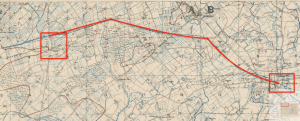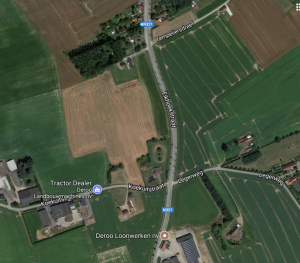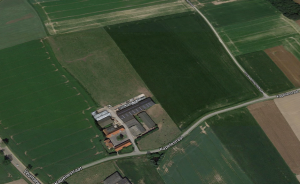Monthly Archives: September 2017
29th September 1917 Saturday
Douglas is decorated for bravery.
All material produced or reproduced here and throughout this work is the sole copyright of the author and the family of Doctor D.C.M. Page MC
“On Saturday 29th, September, I received a telegram from Headquarters telling me that I had been awarded the Military Cross. I was naturally very excited, and elated, and received congratulations all round. That night the 16th R.W.F. relieved us, and we marched back to rest billets in the village of Erquingham, where we remained for six days, resting and cleaning up, etc. I attended to the sick and weary, and also saw to the sanitation of the village. and cleanliness of billets and cook-houses.”
Douglas had by this time experienced so much. From a newly qualified medical doctor fresh from University he had originally signed on with the 18th Battalion Royal Fusiliers in 1914. By November 1915 he was a doctor of medicine serving in the Royal Army Medical Corps as a fledgling 2nd Lieutenant. Returning to France in 1917 as a very experienced medic and promoted now to Captain, he was officially recognised for his bravery in the events of September 3rd. http://whiz-bangskrumpsandcoalboxes.co.uk/2017/09/03/3rd-september-1917-monday/
Now he was Captain Douglas Charles Murray Page M.C., R.A.M.C. He was still only 23 years of age.
Find out about our connection with Dr Page and an introduction to his diary here
26th September 1917 Wednesday
An opulent dug-out and another death
All material produced or reproduced here and throughout this work is the sole copyright of the author and the family of Doctor D.C.M. Page MC
“Next morning (26th September), I was conducted to 13th R.W.F. Battalion HQ at Desalanque Farm – a pretty spot. I found Col. Campbell, and the others in great form, and got a grand ‘welcome home’ from all. H.Q. was situated in a series of concrete dug-outs, and my Aid Post was about 50 yds along the trench from H.Q. Mess. It was a splendid place, with tiled floors and swing doors. It had only a corrugated iron roof however, not much protection from shells! Just as I arrived the Huns sent over about 20 ‘pip-squeaks’, and one man was killed and another wounded. It was quite an exciting ‘home-coming’ for me. Lt. Friel, who acted for me when I was on leave, was glad to get away! (See plan of French system.) The communication trenches in this area I soon discovered to be in good condition, but the front support lines were very poor. The line, as a matter of fact, was held by a series of outposts. I went round the trenches each morning, calling at the four company headquarters, and inspecting latrines, and dug-outs.”
The aforementioned trench map is missing. But here is a map of the area.
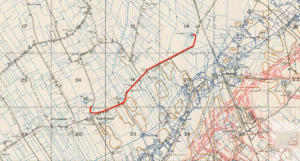
From The Brewery at Bois Grenier to Desalanque Farm with the trench system as in September 1917. Reproduced with the permission of the National Library of Scotland. https://maps.nls.uk/index.html
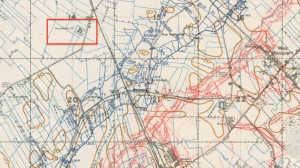
Desalanque Farm in Square 14. Reproduced with the permission of the National Library of Scotland. https://maps.nls.uk/index.html
Find out about our connection with Dr Page and an introduction to his diary here
25th September 1917 Tuesday
The Road to the Front
All material produced or reproduced here and throughout this work is the sole copyright of the author and the family of Doctor D.C.M. Page MC
“Calais was left at noon on the 25th September in a very slow train which dumped us down eventually at Steenvercke about six o’clock in the evening! From Steenvercke we had to walk 3 miles to the 38th Division Headquarters. Luckily I got onto a motor lorry that was going that way. I was sent on by car to Ercquinghem where I found the 13th R.W.F. transport lines. The Transport Officer directed me to Battalion Headquarters, and I waded on and got lost! However at Bois Grenier I spotted a Dressing Station, and inside was Capt.’Billie’ Burke, who hailed me, took me in and fed me. He persuaded me to spend the night with him. The Dressing Station was in the cellar of a shell-shattered brewery – but there was no beer to be had!”
It does seem a little strange thinking about a British Army Officer wandering around the countryside in war torn French Flanders, trying to find his unit. Having to make his own way, walking, hitch-hiking and then stumbling, purely by chance on his old Irish pal Captain Burke. What a shame there was no beer to cheer things up!
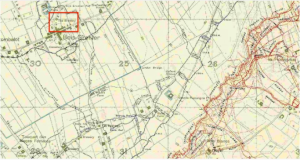
The 1917 trench map showing the Brewery, now a war cemetery. Reproduced with the permission of the National Library of Scotland. https://maps.nls.uk/index.html
Find out about our connection with Dr Page and an introduction to his diary here
22nd-24th September 1917 Saturday, Sunday and Monday
A Hellish journey back to Hell
All material produced or reproduced here and throughout this work is the sole copyright of the author and the family of Doctor D.C.M. Page MC
“I left Edinburgh again for France at 10 pm on September 22nd, and didn’t get to Calais until 4 o’clock on the afternoon of the 24th, owing to missing the leave boat train at Victoria on the 23rd, as the North Express ran very late. I stayed the night in Calais putting up at the ‘Hotel de Commerce’ and dining at the Hotel Sauvage with an officer friend. We intended visiting a picture house after dinner, but just as we were going into the place all the lights went out, and ‘L’Alerts’ sounded – Hun planes overhead. The Frenchies got horribly excited, and rushed through the streets for their houses. No bombs were dropped, but the aeroplanes made over the Channel to England.”
After a gruellingly tiring journey to London in which the train was severely delayed, Douglas missed his connection for returning servicemen to Dover.
After booking into the Hotel du Commerce a visit to the cinema was interrupted by an air raid alert. What his friend and himself were actually witnessing was a bomber raid setting off to England.
A squadron of sixteen German Luftstreitkräfte Gotha bombers had set off from their base on the banks of the River Sambre close to the Belgian /Franco border. Of the sixteen three were lost, possibly shot down and most dropped their deadly cargo on Dover and random places in eastern Kent. Five made it to London in the start of a wave of bombings by fixed wing aircraft to add to the concurrent Zeppelin raids. This was the start of a number of raids where a few aircraft made it as far as London, causing panic amongst the citizens and saw over 300,000 scurrying for shelter at Underground stations.
Find out about our connection with Dr Page and an introduction to his diary here
14th September 1917 Friday
A Scottish Seaside Holiday
All material produced or reproduced here and throughout this work is the sole copyright of the author and the family of Doctor D.C.M. Page MC
“Edinburgh was reached at 8 a.m. on 14th September, and thus began a very pleasant leave of ten days with visits to relations, friends, theatres, picture houses, etc. Randolph and I went on to Elie for four days and enjoyed the cooler air of the East Neuk.”
Douglas went off to Elie with his younger brother Randolph, a journey they must have undertaken by train.
The East Fife Railway that was the route to Elie was taken over by the North British Railway in 1897 and made some improvements to the track and infrastructure. Although it was never more than a rural railway it survived until the Beeching cuts of 1965.
Douglas didn’t know it then but he was to spend many years of peacetime practising as a GP in nearby Pittenweem.
Find out about our connection with Dr Page and an introduction to his diary here
13th September 1917 Thursday
London again!
All material produced or reproduced here and throughout this work is the sole copyright of the author and the family of Doctor D.C.M. Page MC
“I lunched on board the Pullman train en route for good old London town. Huge crowds were meeting the train at Victoria. It was a stirring sight. I visited a cinema, a theatre, and a restaurant (Gattie’s), and left King’s Cross for Auld Reekie at 10.30 p.m. in a very crowded and heavy train.”
After the tiring journey from Flanders, travelling all day and night. Douglas took full opportunity to relax, both on the journey and in London. He took the Pullman from Dover where he would have enjoyed a very nice lunch with full silver service. The journey lasted just over two and a half hours.
He made good use of his time in London. At a picture house he would have watched the news cinema reports and saw the action he had just left, though in a much more homogenised form.
He may well have attended the Plaza at Piccadilly Circus for instance. He was also quite familiar with the theatres on Charing Cross Road having been there just over a year previously.
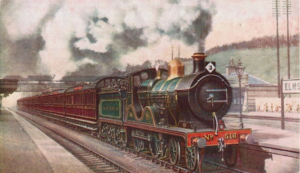
A South Eastern & Chatham Railway boat train with pre-war crimson livery, usually contained Pullman cars painted in the same Crimson Lake. The Pullmans retained the livery throughout the war.
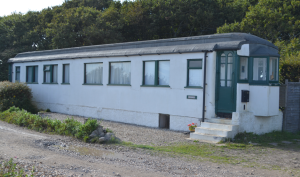
This is former Pullman car “Mabel” built in 1897 and used on the South Eastern Railways and from 1899 the SECR London-Folkestone boat services. Almost certainly the type used in Douglas’s train. After withdrawal from service, it was bought for £25 and has been used as a house in Selsey, West Sussex since around 1930.
He may well have seen scenes such as these.
Then he went along to Gatti’s the influential Italian family’s restaurant on the Strand. It stood next to where the Adelphi Theatre is today. It is also reasonable to assume that he attended a performance at the Adelphi Theatre as it was part of the theatre complex. We can see from a menu the kind of fare on offer. Easily affordable to a captain in the Royal Army Medical Corps on 15/6d a day.
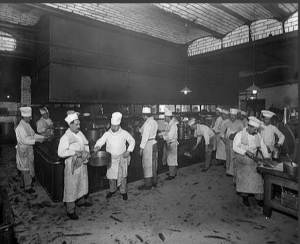
Chefs and kitchen staff working in the kitchens of Gatti’s Restaurant.
(Pictures kindly supplied by Chris Penna of Gatti House.)
Then he caught the overnight 10.30pm train from the Great Northern Railway’s terminus at Kings Cross to Edinburgh.
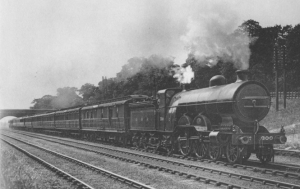
A Great Northern Railway Scotch Express. Similar to the one Douglas would have caught.
A similar locomotive is preserved by the National Railway Museum.
Find out about our connection with Dr Page and an introduction to his diary here
12th September 1917 Wednesday
All material produced or reproduced here and throughout this work is the sole copyright of the author and the family of Doctor D.C.M. Page MC
“I got leave on the 12th September (Wednesday), and felt very elated. I was motored to Poperinghe in an ambulance car. The train didn’t leave until 1.30 a.m. on the 13th September. It was hopelessly slow going to Calais, at which port we arrived about 9.30 a.m. We were bundled into motor lorries at the station, and motored direct to the boat which left at 10.30 a.m. with a big crowd on board. A hospital ship crossed with us, and we were escorted by four destroyers, and some aeroplanes. It was a short passage across to Dover. We saw the cliffs of Dover almost all the way.”
Find out about our connection with Dr Page and an introduction to his diary here
10th September 1917 Monday
All material produced or reproduced here and throughout this work is the sole copyright of the author and the family of Doctor D.C.M. Page MC
“We remained at Malakoff Farm until 10th September when we moved to Elverdinghe Station, and trained it to International Corner. From there we moved to Sutton Camp – a tent and hut encampment in a wood. Quite a nice spot and close to the tank battalions.”
The train journey from Elverdinghe to International Corner. According to the map key on this 1918 map it is shown as a standard gauge single track line, however it wasn’t included on the 1917 map indicating that it was probably a temporary light railway, possibly metre gauge. The modern topography retains no trace of an engineered railway track.
International Corner is the lower crossroad Koekuitstraat and Legerweg. The railway crossed Eikhokstraat at the junction just above Tempeliersdreef before crossing that road to the south.
Find out about our connection with Dr Page and an introduction to his diary here
6th September 1917 Thursday
Great Balls of Fire!
All material produced or reproduced here and throughout this work is the sole copyright of the author and the family of Doctor D.C.M. Page MC
“On September 6th a huge ball of fire fell from the skies into our camp. What next! One man who was digging a trench round his bivouac with his entrenching tool was hit. The charge of electricity was so great that it did not kill him. We performed artificial respiration etc., and sent him off to hospital. It was a terrifying experience happening so close.”
Not content with the constant shelling and bombing from the enemy, it seems Douglas is describing here a celestial attack from outer space. Was it a meteorite strike at Malakoff Farm?
This kind of event is not common but does happen. A description of a similar real event is here:
http://londonanduktaxitours.com/inthelandofthegreenaboltfromtheblue/
A charmed life indeed
“The doctor who relieved me at Alouette Farm was killed soon after I left the accursed place by a piece of shell. Three doctors were killed in that position within a few hours of each other, while I came out alive after four days in the place!”
My wife, Douglas Page’s granddaughter Elizabeth, has just reminded me that if he hadn’t led such a charmed life, I wouldn’t be sitting here now typing this. Such is life!
Find out about our connection with Dr Page and an introduction to his diary here
5th September 1917 Wednesday
Scared, dirty and hungry in hell, but time for a nice cup of tea!
All material produced or reproduced here and throughout this work is the sole copyright of the author and the family of Doctor D.C.M. Page MC
“I was relieved later in the afternoon of the 5th, having been in ‘Hell’ for four days. My nerves were shaky and I was unshaven and dirty, and very hungry. However, when I was relieved I ‘hared’ across the open, regardless of enemy bullets or shells, and reached Burnt Farm safely. I had a cup of tea there, and then proceeded to the canal bank where I was welcomed by the Colonel, etc who thought I’d been killed! After a short rest I went on to rejoin the 13th R.W.F. at Malakoff Farm. We got no sleep that night for Huns bombing us from aeroplanes and sending out High Velocity Shells. It was most terrifying.”
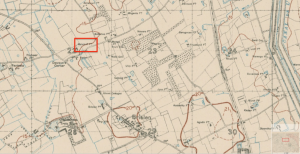
Malakoff Farm near Dawson’s Corner (Map corrected to July 1917). Reproduced with the permission of the National Library of Scotland. https://maps.nls.uk/index.html
Douglas doesn’t tell us how he made the journey to Malakoff Farm, but it was a distance of around 6 kms. A good way behind the lines but nowhere was safe.
Find out about our connection with Dr Page and an introduction to his diary here
